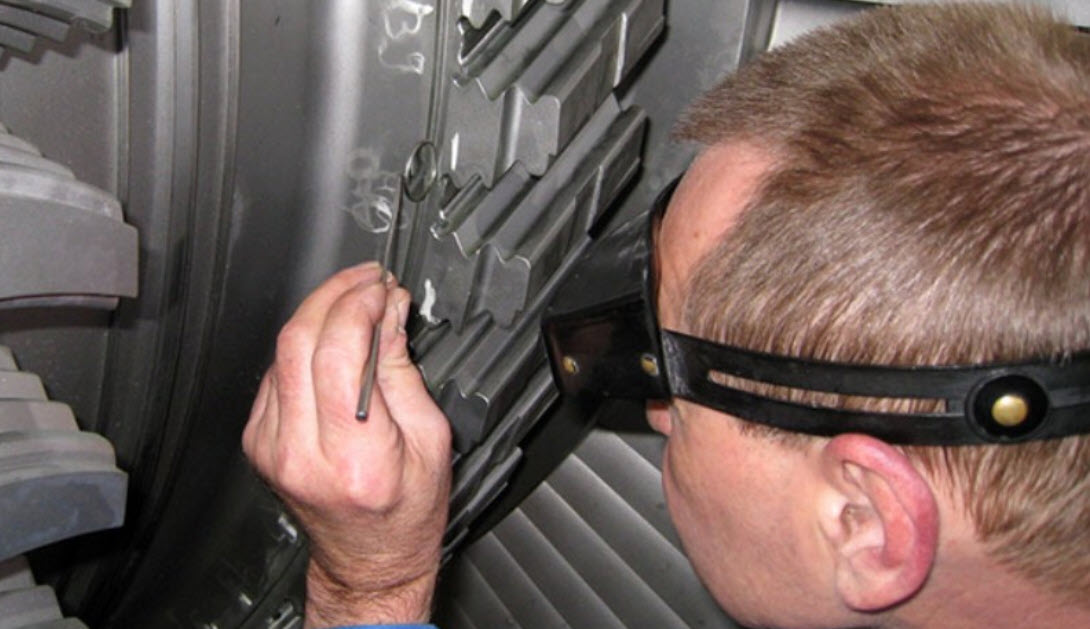Manual visual inspection is the most frequent way for completing 100% visual checks and is still an essential operation that most manufacturers carry out where relevant.
With its increased productivity and reduced operating expenses, an automated visual inspection is a viable option. With digitization and data processing, computerized visual inspection has advanced dramatically, providing manufacturers with a consistent process that is not affected by a person being tired or in a bad mood.
Although manual visual inspection may look medieval compared to its automated counterpart, certain limitations require manufacturers to establish and maintain a high degree of skill in manual visual inspection.
Requirements to Become a Great Visual Inspector
Visual Inspectors are responsible for examining and detecting any flaws in the products that require inspection. Their job is to detect and remove faulty parts in a controlled process that can be reproduced by other inspectors.
Aside from soft qualities such as patience, focus, and honesty, a skilled visual inspector must be evaluated for visual acuity and sensitivity to determine contrasts. Near-vision efficiency should be comparable to 20/20 with no colour degradation.
How are Visual Inspectors Trained?
The designated visual inspectors must be trained extensively on the internal visual inspection procedure. The training will be phased. A minimum number of hours must be stated for each section or type of problem and product. Pictures of faulty parts will be used to instruct the trainees. The nature of the faults must also be disclosed as part of the training.
To ensure constant inspection time, discreet counting and observing the paced process must be emphasized. The need to adhere strictly to the inspection process (method, sequence, and time) must be emphasized. All inspectors must be educated on standard operating procedures. It must be guaranteed that all inspection methods for the inspection groups are standardized.
Visual Inspector Qualifications
- Before being assigned to the crucial role of visual inspection, each inspector must be rigorously trained and certified.
- Visual inspector qualifications must be completed for each type of product and packaging encountered by the inspector. A bracketed or matrix technique can be used to ease the qualifying of goods that have comparable visual or physical features.
- The visual inspector qualifications should include a manual test set that must be examined under standard operating circumstances and inspection key factors such as inspection timeliness and sequencing, environmental characteristics, and inspection length.
- Three successful inspections of the testing dataset are suggested to indicate stable results for new inspectors’ initial certification. The evaluation process should depend on the Probability of Detection (POD) or Reject Zone Efficiency (RZE) recorded throughout the test set qualification for every defective category. A restriction for mistaken rejection is also required, with a proposed aim of 5% of excellent units being rejected incorrectly.
- Inspector fatigue should be tackled throughout the qualification phase by evaluating in worst-case scenarios.
- Visual inspectors must be requalified at least once a year. Requalification must involve a visual field exam and an assessment with a minimum of one product set arrangement. For requalification, one successful examination of the testing set is necessary. Requalification may also be required if bad results are noticed during routine checks or if the inspector is absent from the inspection process for a long time.
- If an inspector fails the requalification exam, a retraining procedure should be started to determine the main reason and provide further teaching to the inspector. Following the completion of this process, the inspector may strive to fulfil the acceptability standards one more time. If the inspector failed, they might re-qualify after a certain amount of time has passed.
Key Traits of a Visual Inspector
- The inspector should have a character with dignity.
- The inspector should understand the significance of their job.
- The inspector should be able to do repetitive tasks.
- The inspector must be able to learn, adjust, and adapt to innovative and new ideas.
- The inspector should have strong powers of perception and tolerate the inspection process because certain processes take time.






